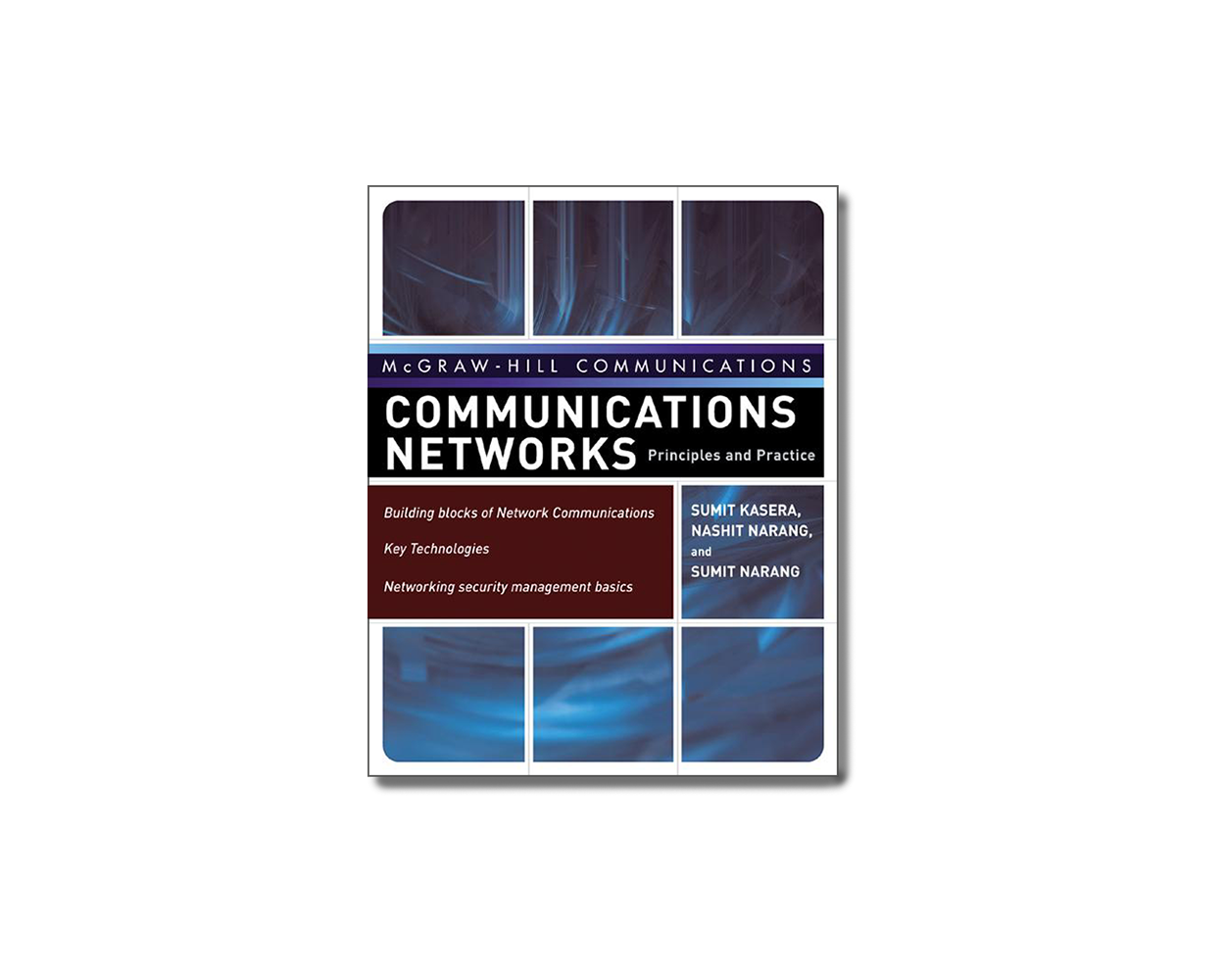Communication Networks by Sumit Kasera
This unique guide to communication networks fundamentals takes a new approach. Rather than following the standard (and increasingly outmoded) OSI network model, it is organized around networking concepts. Rather than plunge readers into the alphabet soup of communications protocols and technologies, Kasera starts with a concept like routing, and explains each technology in terms of how it helps to perform that function.
The book is designed for communications engineers and technicians, as well as students.
Part 1: Building Blocks of Communications Networks Chapter 1: Network Services Chapter 2: Protocol Layering Chapter 3: Transfer Modes Chapter 4: Network Topology and Extent Part 2: Core Concepts Chapter 5: Transmission and Multiple Access Chapter 6: Data Link Control Chapter 7: Bridging Chapter 8: Switching Chapter 9: Addressing Chapter 10: Signaling Chapter 11: Routing Part 3: Advanced Concepts Chapter 12: Traffic Management Chapter 13: Security Management
| Price | $80.00 |
|---|---|
| Customer Service | Customer ServiceWe're Here To Help Call us anytime during our customer service hours... Monday through Friday - 8:30 am to 4:30 pm (Pacific) Order Questions: TOLL FREE, 800-273-7375 (Outside the U.S. call 818-887-7828). Our Address: 8001 Canoga Avenue Canoga Park, CA 91304 US Phone: 800-275-2665 E-mail: sales@buildersbook.com
|
| Description | This unique guide to communication networks fundamentals takes a new approach. Rather than following the standard (and increasingly outmoded) OSI network model, it is organized around networking concepts. Rather than plunge readers into the alphabet soup of communications protocols and technologies, Kasera starts with a concept like routing, and explains each technology in terms of how it helps to perform that function. The book is designed for communications engineers and technicians, as well as students. Part 1: Building Blocks of Communications Networks Chapter 1: Network Services Chapter 2: Protocol Layering Chapter 3: Transfer Modes Chapter 4: Network Topology and Extent Part 2: Core Concepts Chapter 5: Transmission and Multiple Access Chapter 6: Data Link Control Chapter 7: Bridging Chapter 8: Switching Chapter 9: Addressing Chapter 10: Signaling Chapter 11: Routing Part 3: Advanced Concepts Chapter 12: Traffic Management Chapter 13: Security Management |


